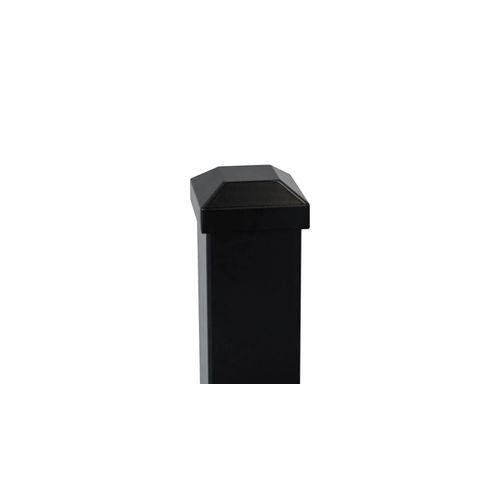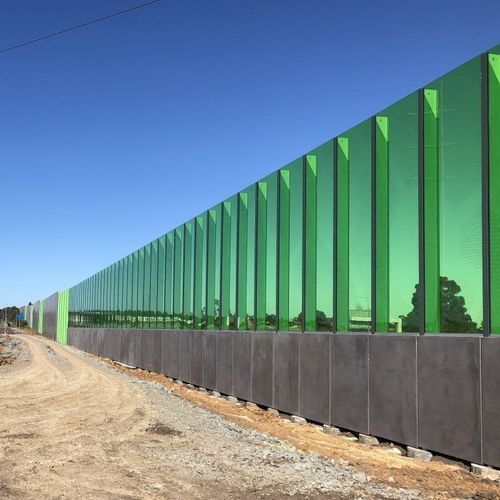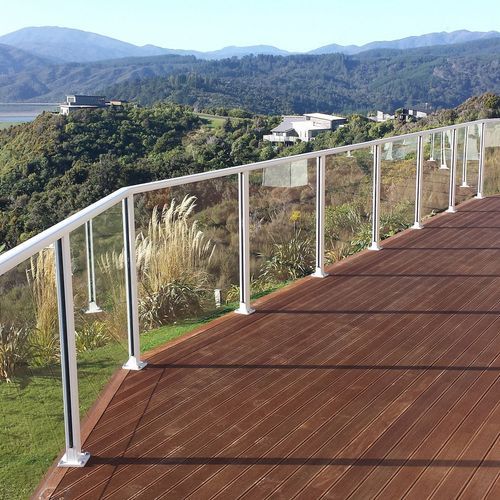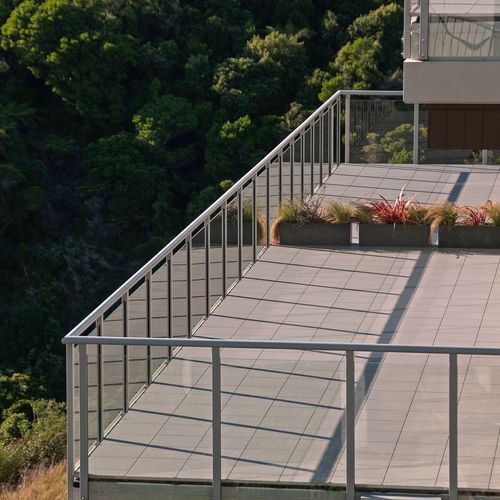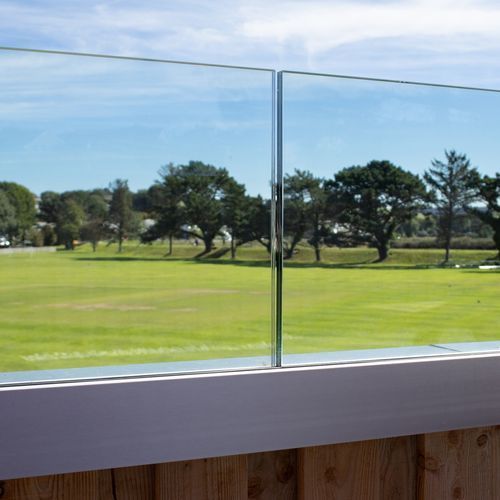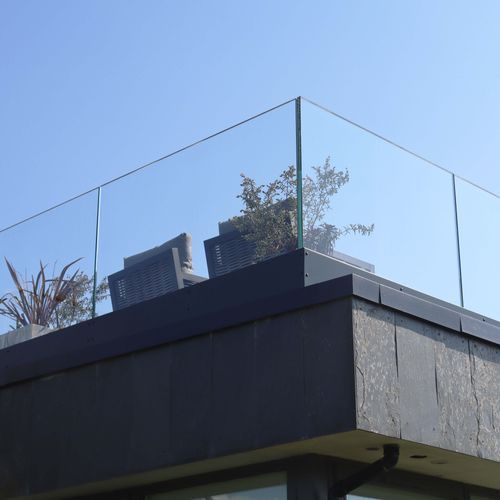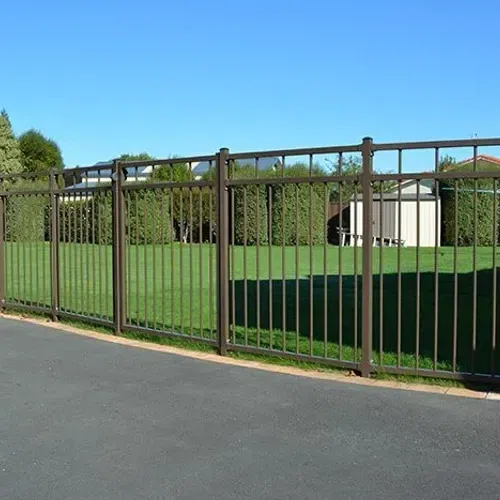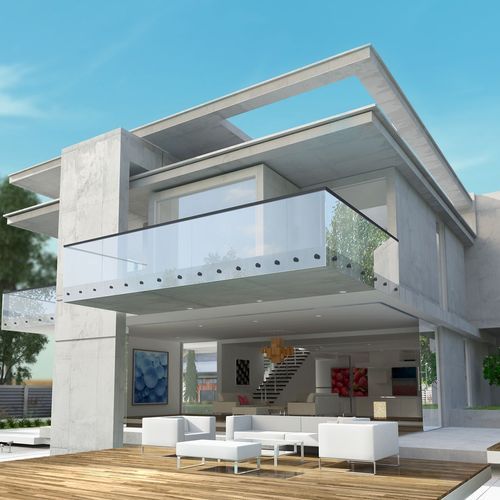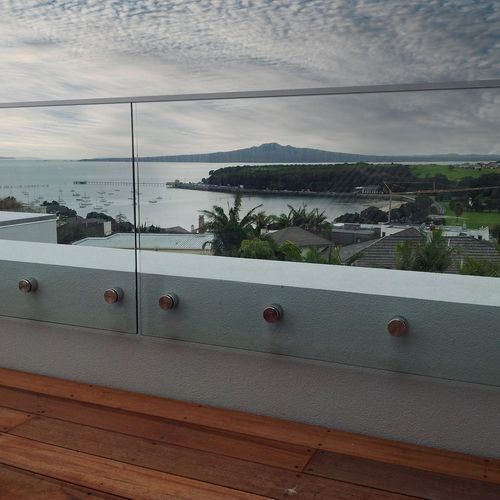Fencing
- Fencing is a great way to add the final polish of style to your property. Metal fencing, composite fencing, timber fencing, even glass fencing, all provide protection while elevating curb appeal. At ArchiPro, we know that flair and function are equally important, and that’s why we offer a meticulously curated selection of products.FAQs
Why ArchiPro?
No more endless searching -
Everything you need, all in one place.Real projects, real experts -
Work with vetted architects, designers, and suppliers.Designed for New Zealand -
Projects, products, and professionals that meet local standards.From inspiration to reality -
Find your style and connect with the experts behind it.Start your Project
Start you project with a free account to unlock features designed to help you simplify your building project.
Learn MoreBecome a Pro
Showcase your business on ArchiPro and join industry leading brands showcasing their products and expertise.
Learn More
